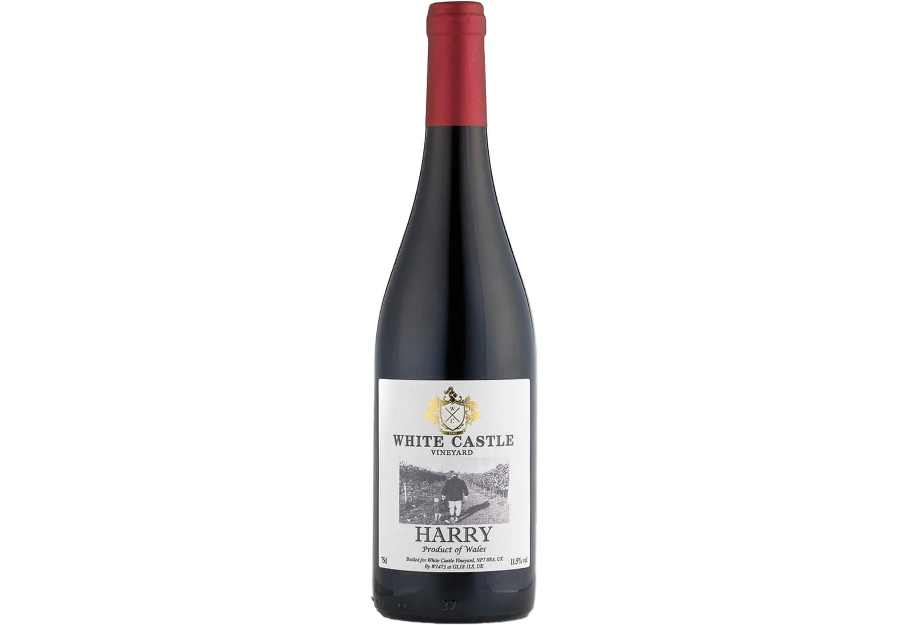
The Welsh wine industry celebrated the 2023 Welsh Wine Awards, held at the Llanerch Vineyard Hotel in Hensol on 6 November, 2023. The awards, marking their most successful year yet, were organised by the Welsh Vineyards Association (WVA) .
In a year that also commemorates WVA’s tenth anniversary, the competition saw a record-breaking entry of 50 wines from 12 different Welsh vineyards. The wines encompassed a diverse range, including white and rosé sparkling wines, followed by still wines in the rosé, white, and red categories.
A panel of expert judges sampled each entry, organising the tasting into five distinct flights. The quality of the wines was exceptional, leading the judges to award 20 bronze, 26 silver, and 3 gold medals.
The winning wines at the 2023 Welsh Wine Awards were:
Best Sparkling White: Montgomery Vineyard’s 2020 Demi-Sec
Best Sparkling Rosé: Vale Vineyard’s 2021 Debut Sparkling Rosé
Best Still Rosé: The Dell Vineyard’s Y Lleidr 2022
Best Still White: Parva Farm Vineyard’s Tintern Parva Bacchus 2019
Best Still Red: White Castle Vineyard’s Harry 2021
The best overall wine was White Castle Vineyard’s Harry 2021.













